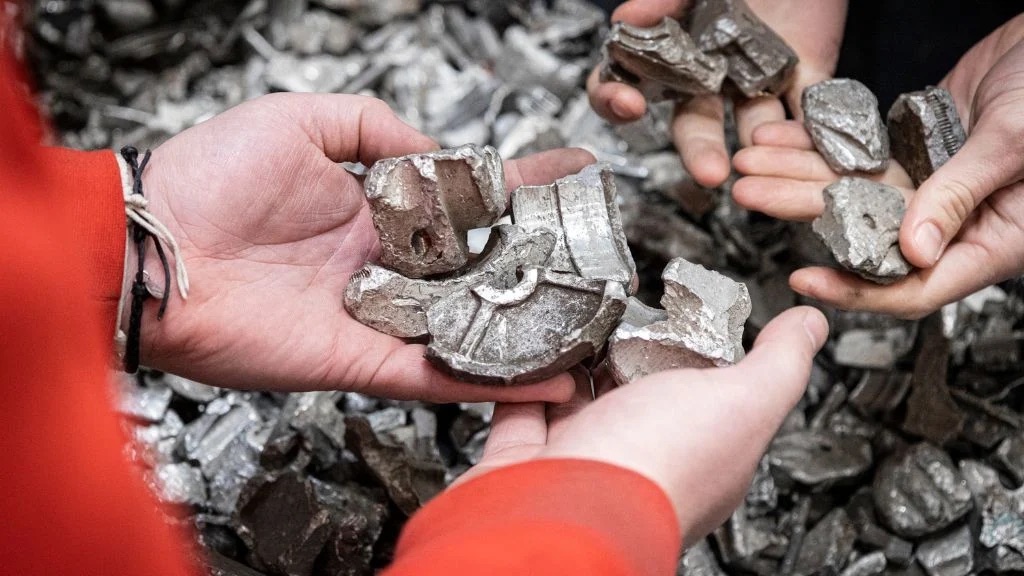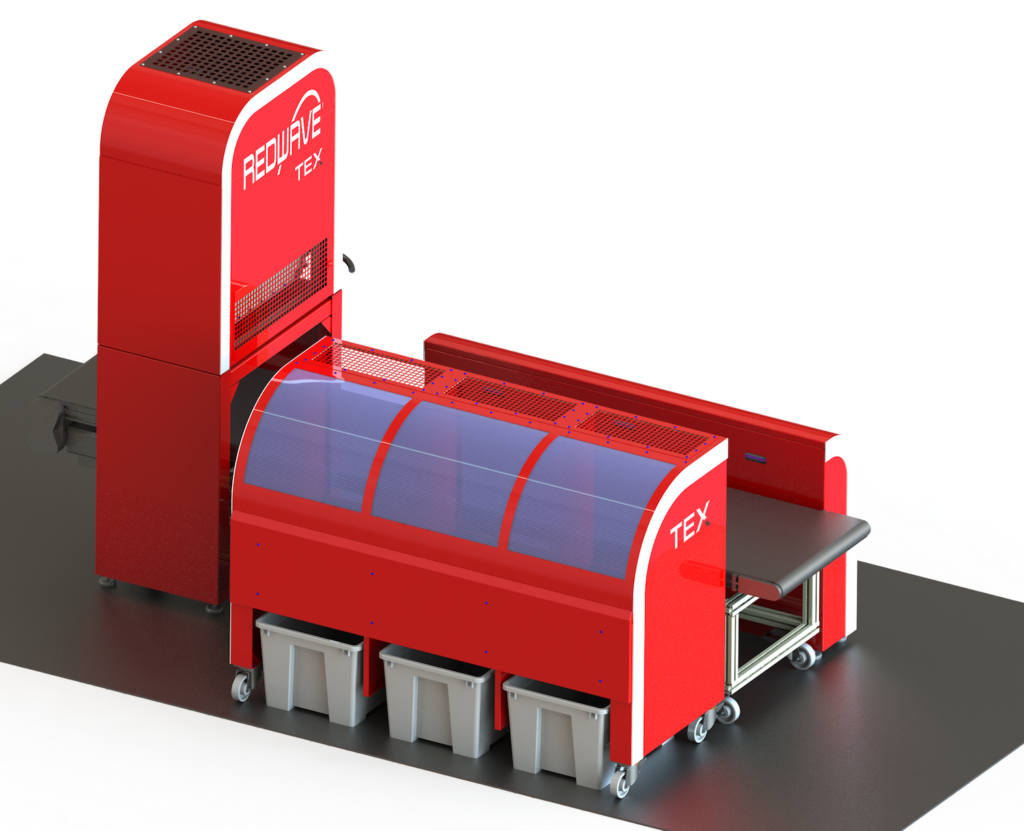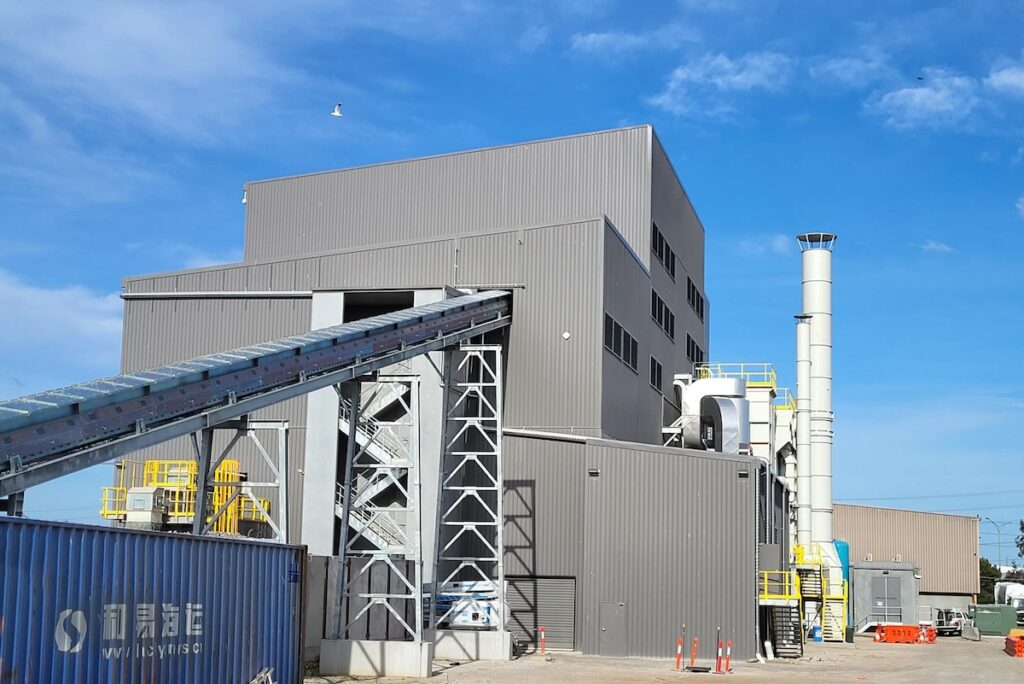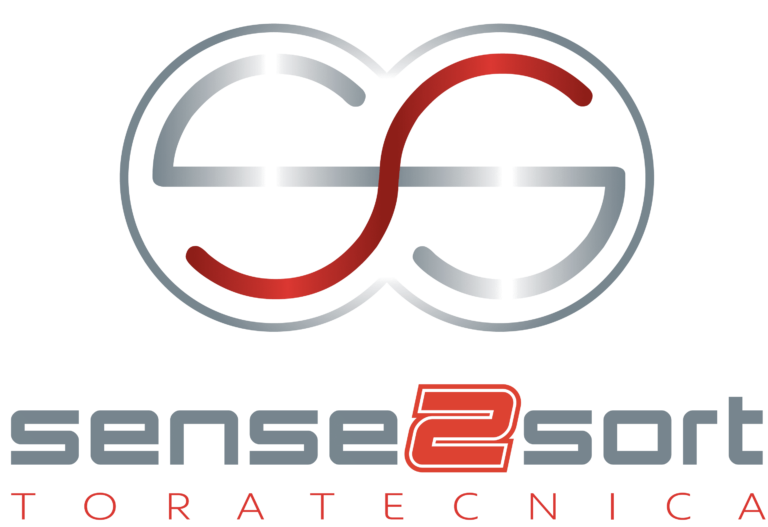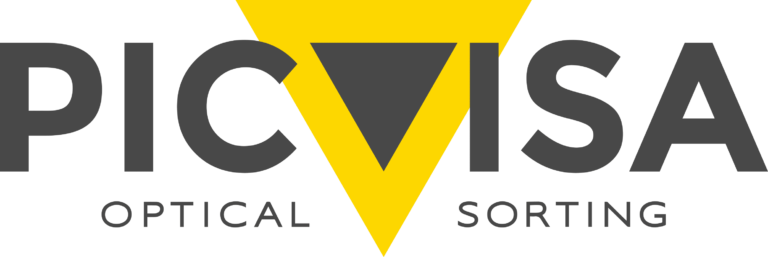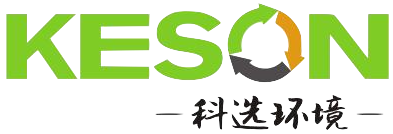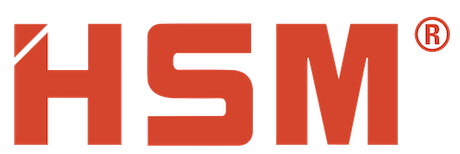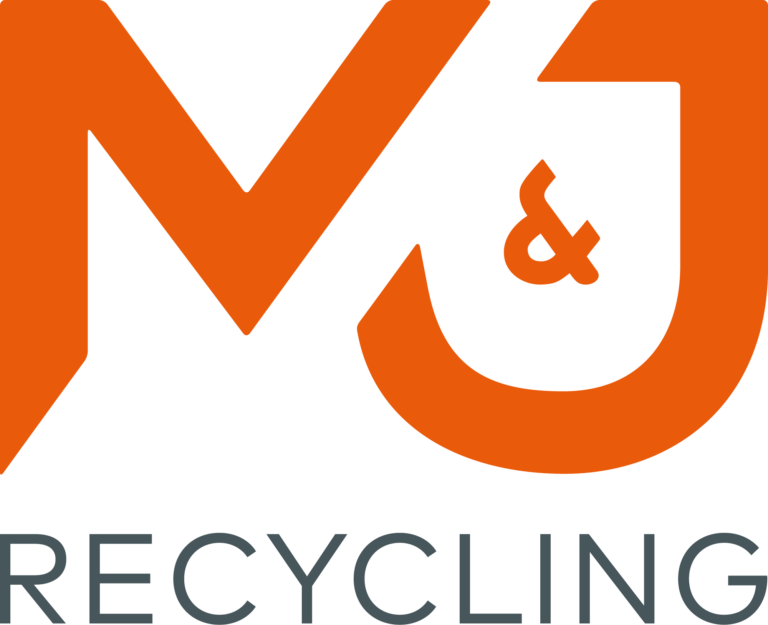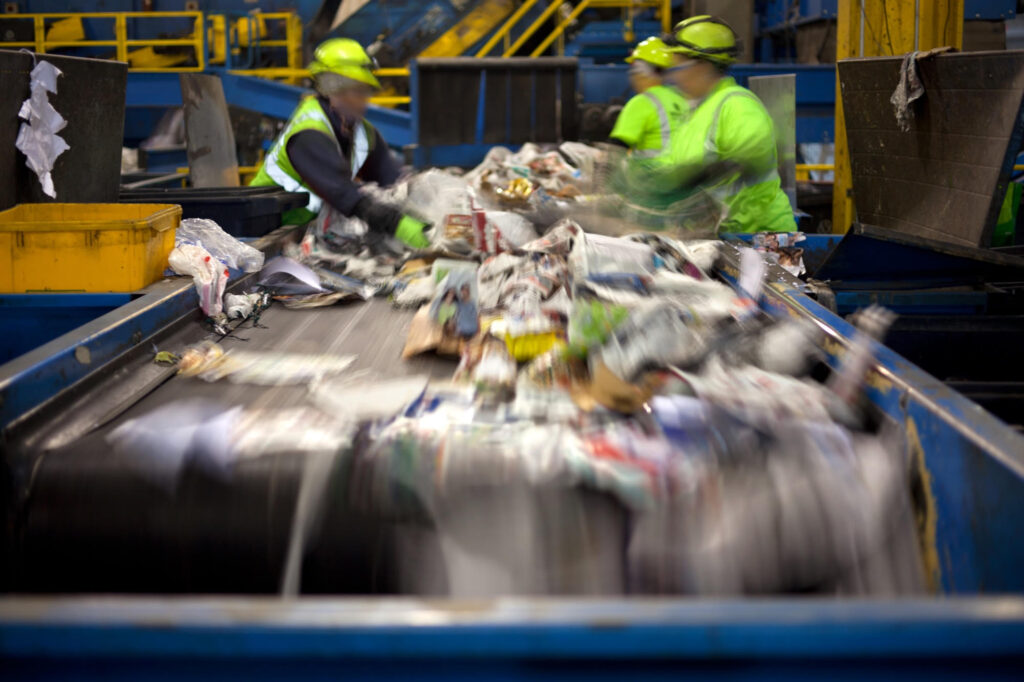REDWAVE – Sorting and digitisation solutions for the recycling industry
As a leading manufacturer of its own sensor-based sorting machines, REDWAVE offers sorting solutions in robust industrial design that ensure the highest performance and best recovery of recyclables.
The development of the most advanced sorting technologies and systems for the efficient recovery of valuable materials is our passion, with which we not only help our customers to become pioneers in the recycling industry but also make a positive, sustainable contribution to our mother earth.
Our business units are focused on responding to customer needs:
- Glass Recycling Solutions
- Digital Solutions & Sorting Machines
- Metal Recycling & Mineral Solutions
A passion for intelligent sorting technology sets REDWAVE apart and helps its customers to be at the forefront of their industry.


